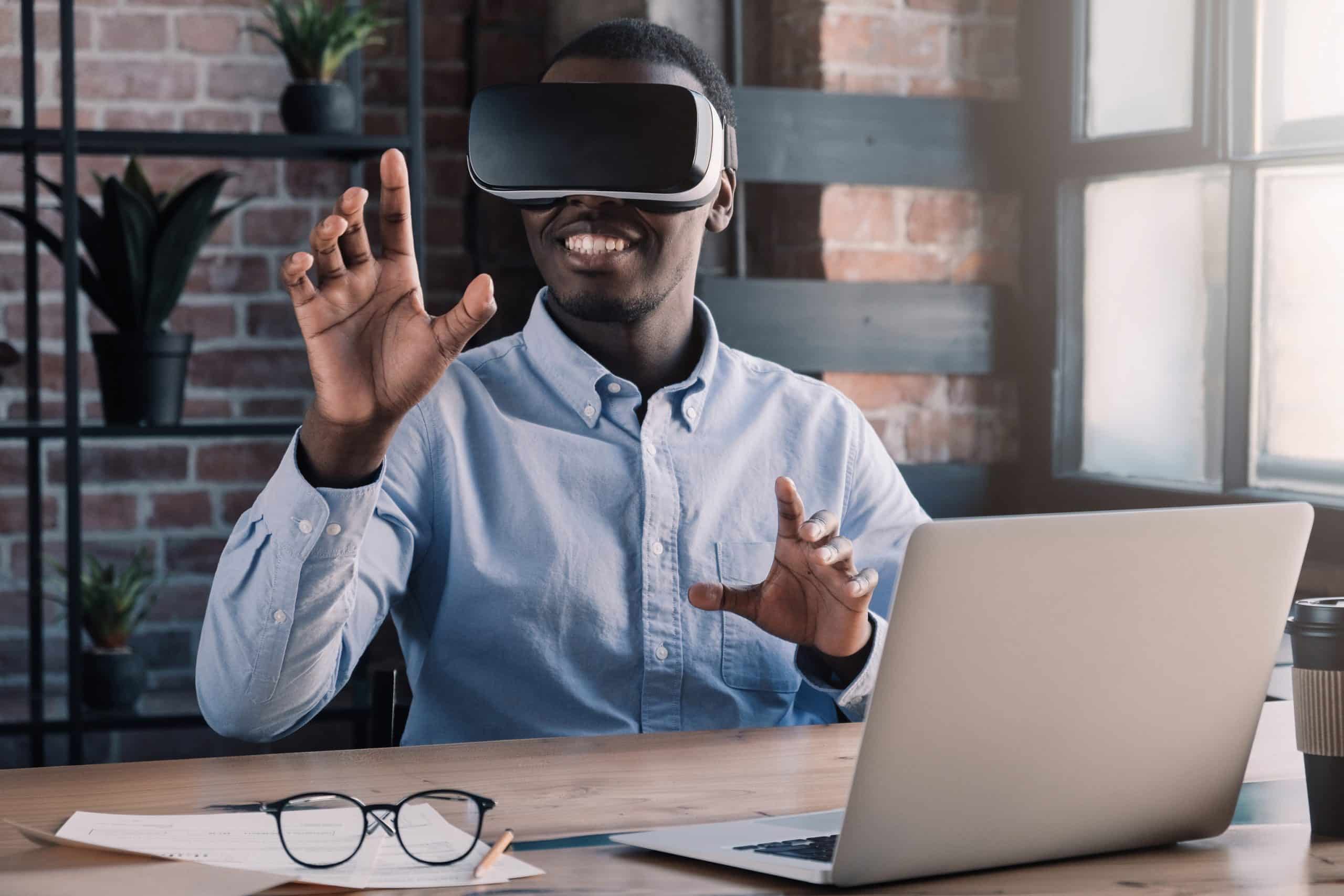How to Use Augmented Reality for Interactive Real Estate Development Planning?

The digital age has propelled industries across the spectrum into innovative realms of operation and the real estate sector is no exception. However, the property business has often been considered a traditionalist industry, slow in adopting newfangled technologies. This has been, arguably, due to the physical and tangible nature of property transactions. But the advent of Augmented Reality (AR) is transforming the way properties are marketed, viewed, and purchased. This technology gives potential buyers an immersive, interactive experience that can help them make informed decisions. Welcome to the future of real estate, a world where property tours, staging, and even design can be done virtually!
Embracing New Age Marketing with AR
For a long time, real estate marketing involved glossy brochures, wordy descriptions, and static images of properties. However, these traditional methods seldom convey the real experience of the property. This is where Augmented Reality steps in.
A voir aussi : How to Create a Competitive Edge with Unique Amenities in Boutique Hotel Properties?
Augmented Reality overlays virtual elements onto the real world, enhancing the user’s perception and interaction with reality. This technology, when applied to real estate, is revolutionizing the way properties are presented to potential buyers. It provides an immersive, 360-degree view of the property, allowing users to walk through and explore the property, without physically being there.
AR technology also offers a versatile marketing tool for real estate agencies. With AR, agents can personalize property tours based on individual client preferences, highlighting the features most likely to appeal to them. This targeted approach to showcasing properties can significantly save time and resources while increasing the chance of a successful transaction.
En parallèle : What Are the Challenges of Implementing Smart City Solutions in Historic Urban Districts?
The Power of AR Property Tours
AR property tours have transformed the property viewing experience. Before, potential buyers had to physically visit each property, which was time-consuming and often impractical, especially for overseas investors. Now, with AR, they can tour a property from the comfort of their own home.
These virtual tours are not just convenient; they are also highly detailed. Potential buyers can view all aspects of a property, from the layout and size of each room to the quality of the fixtures and fittings. They can even see how the property looks at different times of the day. This level of detail allows potential buyers to get a real feel for the property, helping them make a more informed decision.
Virtual Staging with AR
Staging a property can be a costly and labor-intensive process. With augmented reality, however, staging can be done virtually, saving both time and money. Virtual staging allows real estate agents to present a property in the best possible light, without the need for physical furniture and decor.
By using an AR app, potential buyers can see how the property would look with different furniture styles and layouts. They can even rearrange the furniture themselves, giving them a personal experience of living in the property. This can help them visualize the potential of the property and see it as their future home.
AR for Property Design and Development
Augmented reality isn’t just beneficial for property buyers; it can also be a powerful tool for property developers and designers. By using AR technology, they can visualize their designs in a real-world context, helping them make better design decisions.
For example, a property developer could use an AR app to overlay a proposed building design onto a real plot of land. They can then view the design from various angles and distances, assessing how it fits into the surrounding environment. This can help them identify potential issues early on, saving them costly design revisions later.
Leveraging Data with Augmented Reality
In the era of big data, augmented reality offers a unique way for real estate professionals to leverage data. By integrating AR with data analytics, professionals can gain valuable insights into the property market, helping them make informed decisions.
For instance, an AR app could display data overlays on properties, providing real-time market data, demographic information, and even future development plans. This can help professionals identify potential investment opportunities, assess market trends, and make data-driven decisions. This fusion of AR and data is not only enhancing the property buying experience; it’s also transforming the way real estate businesses operate.
In conclusion, augmented reality is more than just a buzzword in the real estate industry. It’s a powerful tool that can enhance the property buying experience, streamline marketing efforts, and even influence property design and development. By embracing AR technology, the real estate industry can stay ahead of the curve, delivering a modern, interactive, and highly-engaging property experience.
Futuristic Floor Plans in AR
The world of real estate has been traditionally about blueprints and 2D floor plans. But with the advent of augmented reality, potential buyers can now visualize properties in 3D right before their eyes. AR offers an innovative way to display floor plans, giving users a spatial understanding of the property layout.
AR floor plans are interactive and customizable, allowing users to view the property from various angles, ‘walk’ through rooms, and even visualize changes. For instance, potential buyers can use AR to visualize changes like wall colors or the placement of furniture, helping them imagine how the property could look like when personalized.
Furthermore, augmented reality can make floor plans more understandable for people who struggle to interpret 2D drawings. By transforming these flat blueprints into realistic, three-dimensional models, AR can help potential buyers understand the spatial relationships and scale in a property. This brings a new level of clarity and depth to property visualization, taking the guesswork out of decision making.
Real estate agents using AR for floor plans can provide a better service to clients, who might be overwhelmed by traditional blueprints. The AR technology could assist in explaining the flow of a property, discuss potential modifications, and ultimately lead to faster sales.
Augmented Reality in App Development for Real Estate
As the real estate industry continues to embrace technology, the role of app development in property visualization cannot be overlooked. AR apps are a win-win for both real estate professionals and potential buyers, providing an immersive and interactive property experience.
From virtual tours and virtual staging to interactive floor plans, AR apps are transforming the way properties are marketed and viewed. They offer a level of interactivity that’s impossible to achieve with traditional marketing methods. Potential buyers can explore properties at their own pace, manipulate virtual objects, and customize their viewing experience to their liking.
Moreover, AR apps allow real estate professionals to provide real-time information and updates. For instance, if a property’s price drops or if a new property matches a buyer’s criteria, an AR app can instantly notify the user. This real-time communication fosters a more engaging relationship between the agent and the buyer, potentially speeding up the transaction process.
Not to mention, AR apps can improve accessibility in the real estate market. Overseas buyers or those who are unable to physically visit properties can use AR apps to view and experience properties from wherever they are. This not only expands the potential market for real estate agents but also makes property buying more convenient and accessible for everyone.
Conclusion
The impact of augmented reality in the real estate industry is undeniable. It’s revolutionizing the way properties are marketed, viewed, and purchased. With AR, potential buyers can embark on interactive property tours, view realistic floor plans, and experience virtual staging – all at the touch of a button. It’s a game-changer for real estate professionals, providing them with modern tools to showcase properties, engage with clients, and streamline operations. As the industry continues to evolve and adapt, there’s no doubt that augmented reality will continue to play a significant role in shaping the future of real estate.
